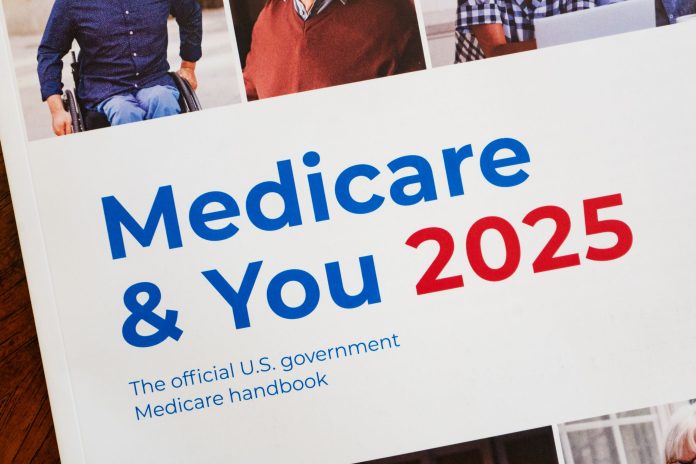The year 2025 marks a major shift in healthcare, with a record number of Baby Boomers becoming eligible for Medicare. Each day, 12,500 Americans will turn 65, up from 10,000 in previous years, leading to an influx of new enrollees. At the same time, a new presidential administration is set to introduce its own healthcare initiatives, while past policy changes continue to unfold. Understanding these updates is essential for making informed decisions about your Medicare benefits.
Here are five critical Medicare updates for 2025:
- Medicare Open Enrollment Options
If you missed the Annual Enrollment Period last year but want to make changes to your plan, you may still have options. The Medicare Open Enrollment Period, running from January 1 to March 31, allows current Medicare Advantage members to switch to a different plan or return to Original Medicare. If you don’t qualify under these guidelines, you may still be eligible for a Special Enrollment Period under certain circumstances. Reach out to a Medicare expert to check your eligibility.
- Lower Prescription Drug Costs
Starting January 1, 2025, the Inflation Reduction Act introduces a new cap on out-of-pocket prescription drug costs for Medicare beneficiaries. Under the new law, no senior will pay more than $2,000 per year for covered medications. Additionally, a program called “smoothing” allows beneficiaries to spread drug costs evenly throughout the year instead of facing large one-time expenses. To take advantage of this, contact your prescription drug provider to enroll.
- Enhanced Benefits for Dual-Eligible Seniors
UnitedHealthcare (UHC) remains the leading provider of Medicare-Medicaid dual-eligible plans, offering extensive benefits for low-income seniors. Despite criticism of the company, UHC serves the largest number of dual-eligible beneficiaries, with plans that often eliminate prescription copays and provide over-the-counter (OTC) benefits for groceries, household essentials, and utilities. Currently, 12.9 million seniors qualify as dual-eligible, with 5.2 million enrolled in Medicare Advantage dual plans.
- Increased Access to Home Healthcare Services
Medicare is expanding coverage for in-home medical care, recognizing that patients recover better at home than in hospitals or care facilities. This includes more support for post-hospitalization care and chronic disease management at home, such as in-home dialysis. Additionally, telemedicine services have grown, allowing more seniors to access virtual visits for routine exams without leaving home.
- Greater Focus on Managing Chronic Conditions
With over 70% of Medicare beneficiaries managing multiple chronic conditions, Medicare continues to expand programs that provide proactive, ongoing care. The Chronic Care Management (CCM) program, launched in 2015, offers non-face-to-face monitoring, regular check-ins, and personalized care plans. Medicare Advantage plans are also enhancing their chronic condition benefits, offering lower-cost prescriptions for conditions like diabetes and heart disease, as well as extra perks like transportation assistance and food cards.
Take Control of Your Medicare Benefits in 2025
As the Medicare system evolves to accommodate a growing senior population, staying informed about these changes is essential. Whether it’s exploring new enrollment opportunities, reducing medication costs, or accessing home-based care, understanding your options can lead to better health outcomes and financial savings. Make 2025 the year you take full advantage of your healthcare benefits! Visit Medicare HERE today.






